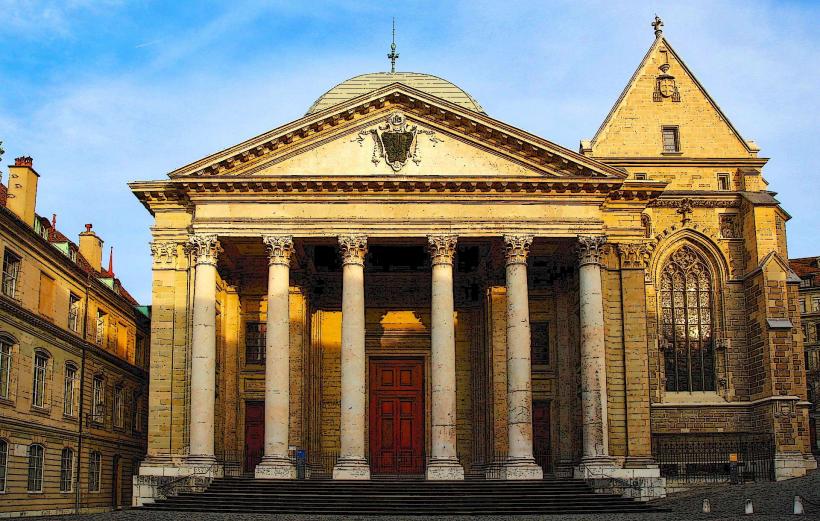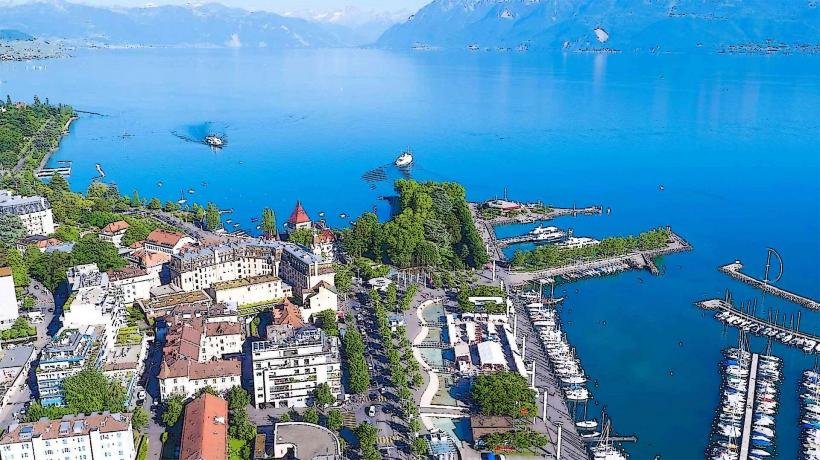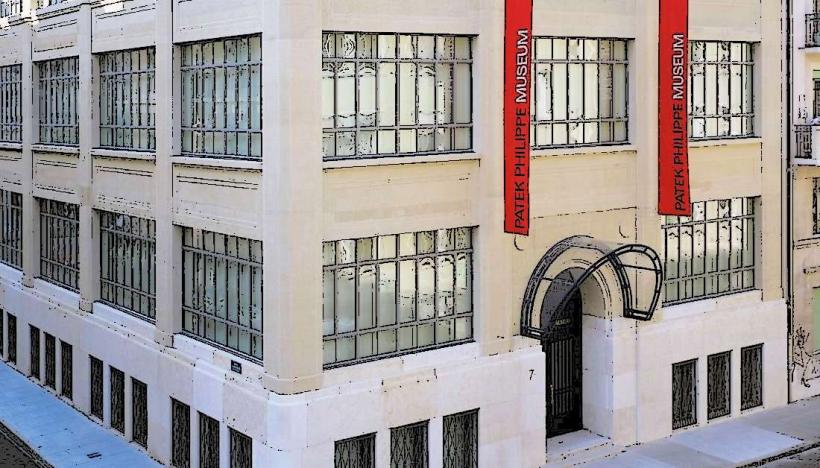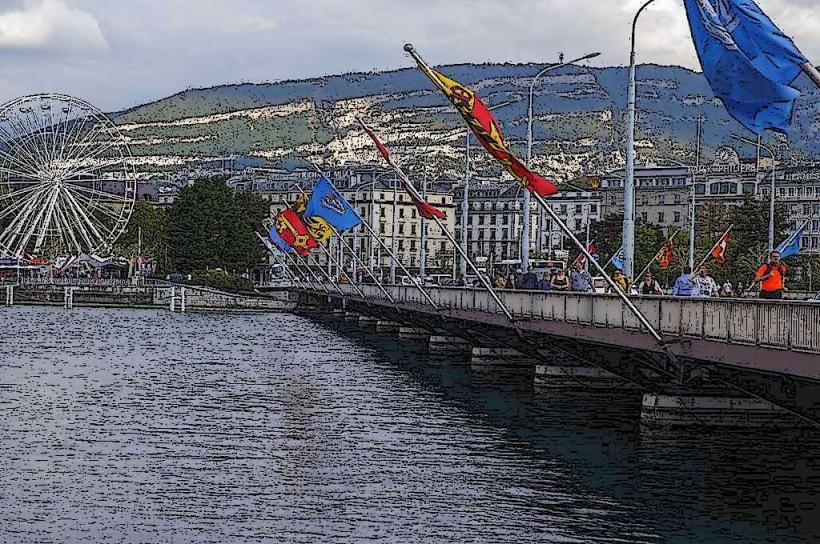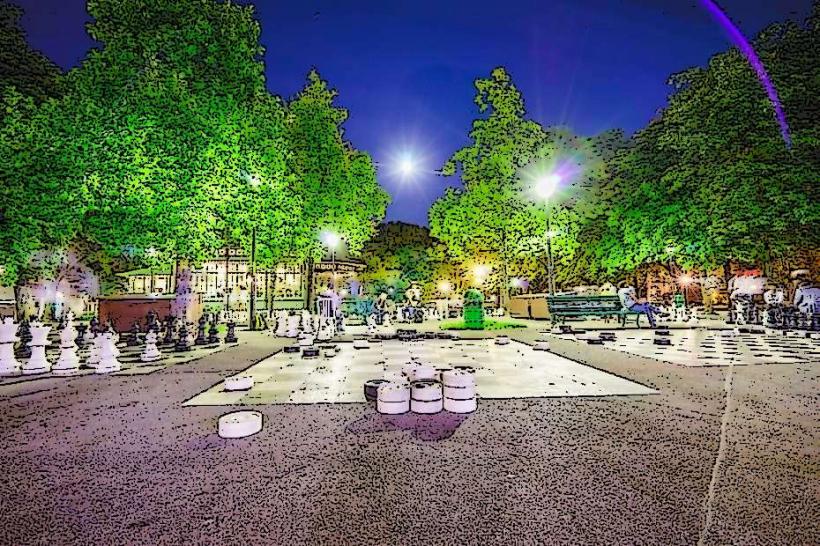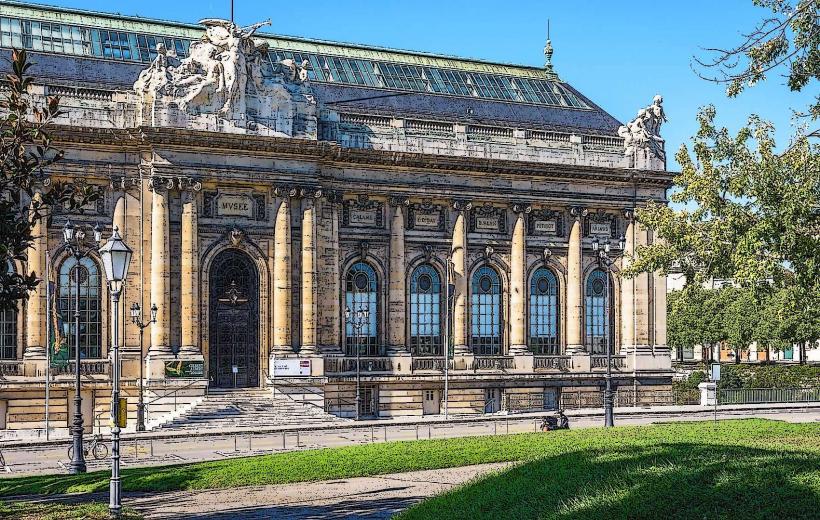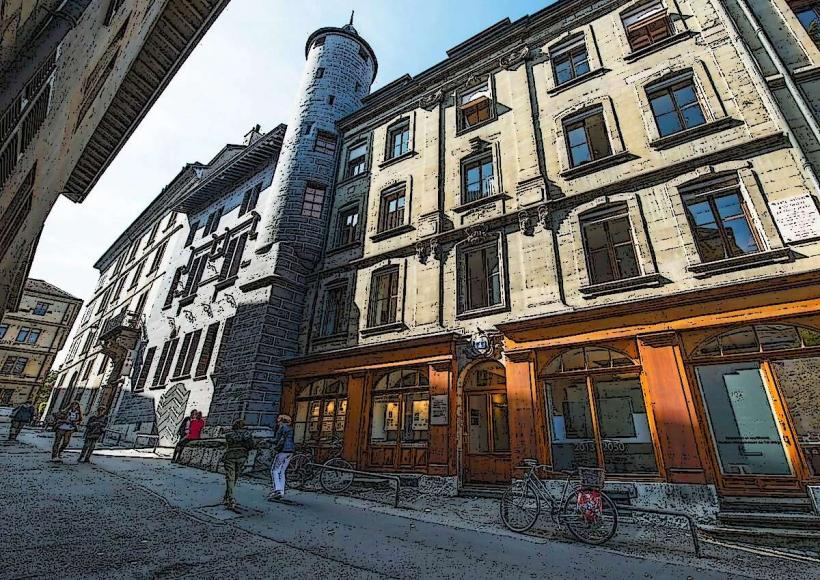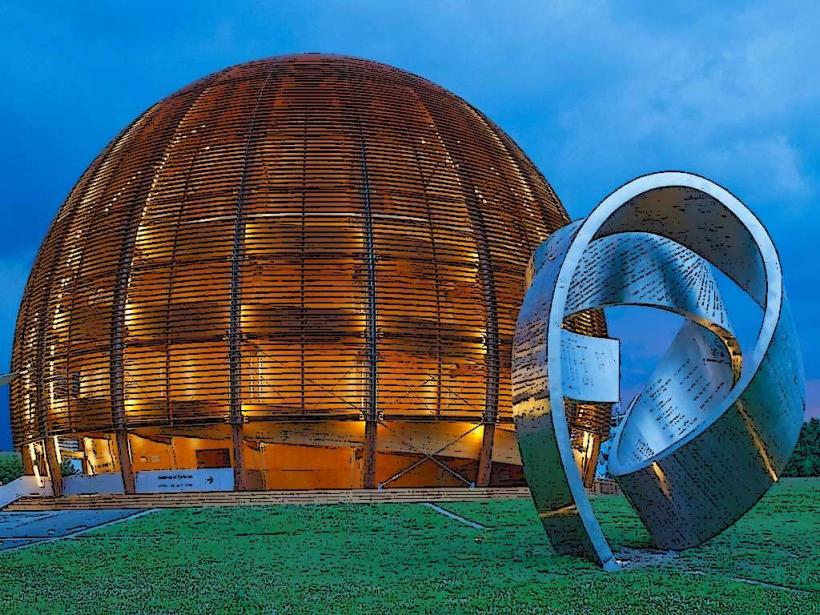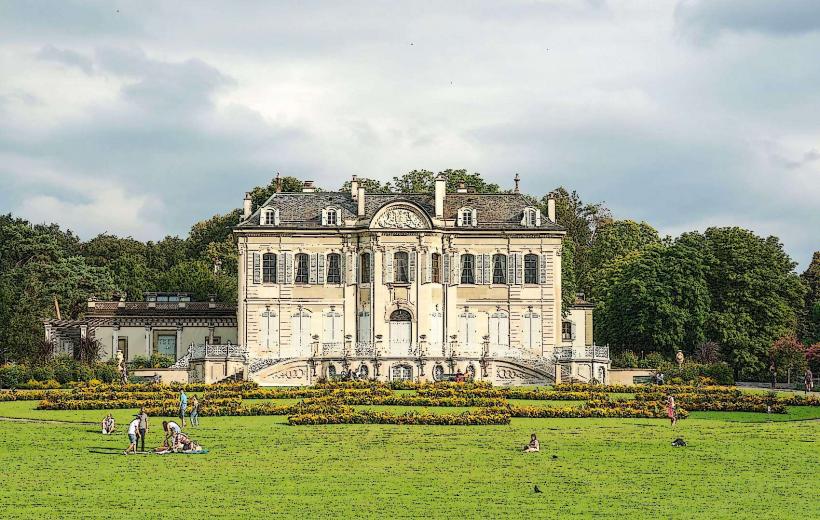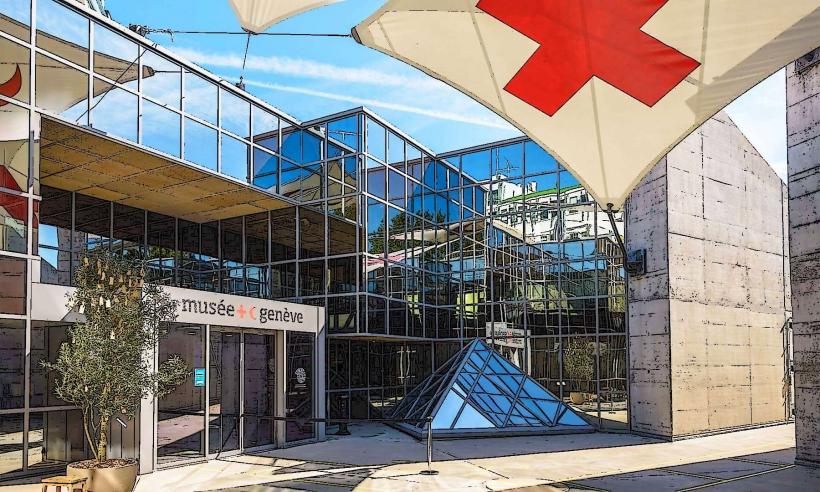Information
Landmark: Museum of Natural HistoryCity: Geneva
Country: Switzerland
Continent: Europe
The Museum of Natural History (Muséum d'Histoire Naturelle) in Geneva, Switzerland, is a renowned cultural and educational institution dedicated to exploring the natural world. The museum presents a vast collection that covers various fields of natural sciences, including biodiversity, geology, paleontology, and environmental science. It's a significant place for both locals and visitors to engage with nature and scientific discoveries.
1. Overview
- Location: Situated in the Eaux-Vives district, near Lake Geneva, the museum is housed in a historic 19th-century building surrounded by greenery. Its location makes it easy to access other city attractions.
- Founding: Established in 1820, the museum has a long history of contributing to the study of natural sciences in Switzerland. Over time, it has grown into one of the key institutions in the country for the exploration of the natural world.
- Size and Structure: The museum is spread across several floors, each dedicated to a different aspect of natural history. Its architecture is a fine example of 19th-century design, complementing the exhibits within.
2. Permanent Exhibitions
The museum boasts an extensive range of permanent exhibitions, which explore topics such as the Earth's formation, the evolution of species, and the diversity of life on Earth. Key areas of focus include:
- Paleontology: Fossils from prehistoric creatures, including dinosaurs, early mammals, and ancient marine life. Exhibits explore evolutionary milestones and significant periods like the Triassic and Jurassic eras.
- Mineralogy and Geology: An impressive collection of minerals, gems, and rocks. Exhibits explain geological processes and the history of Earth's formation.
- Botany: The museum’s botanical collection showcases plants from different regions, highlighting their roles in ecosystems and their significance to human societies.
- Zoology: A collection of taxidermied animals, ranging from insects to mammals. The exhibits include interactive displays that discuss animal behavior, adaptation, and evolutionary processes.
- Biodiversity and Ecology: This area focuses on the importance of protecting biodiversity and conserving ecosystems. It highlights the interconnectedness of life on Earth and the impact of human activities.
3. Temporary Exhibitions
In addition to its permanent collections, the museum regularly hosts temporary exhibitions that cover cutting-edge scientific discoveries, environmental challenges, and contemporary issues. These exhibitions often focus on themes such as climate change, conservation, and human impact on wildlife.
4. Interactive Features and Educational Activities
The museum is designed to engage visitors through various interactive displays and educational programs, making science more accessible:
- Interactive Exhibits: Hands-on activities, including the ability to touch fossils, explore 3D models, and participate in scientific experiments.
- Workshops and Activities: The museum offers workshops, guided tours, and hands-on experiences for children and adults alike. These activities encourage learning through interaction and exploration.
- Educational Programs: The museum provides educational outreach for schools and families, offering programs that foster an understanding of natural sciences in an engaging way.
5. Research and Scientific Contribution
The Museum of Natural History serves not only as a public museum but also as a research institution. The museum conducts research in areas such as paleontology, botany, zoology, and ecology. It collaborates with other scientific institutions in Switzerland and around the world to advance our understanding of natural sciences and environmental conservation.
6. Sustainability and Environmental Awareness
The museum plays a key role in raising awareness about environmental issues, such as biodiversity loss, climate change, and pollution. It regularly showcases exhibitions and programs that promote sustainability and the conservation of natural resources. The museum also implements eco-friendly practices in its operations.
7. Visitor Information
- Opening Hours: The museum is generally open every day except Mondays. It is advisable to check the official website for up-to-date information on hours and special events.
- Admission: The museum is free to enter, making it accessible to a wide range of visitors.
- Accessibility: The museum is fully accessible to people with disabilities, including wheelchair access to all floors and exhibits.
- Location: Situated in the Eaux-Vives district, the museum is easy to reach by public transportation (trams, buses) and is near other attractions like Lake Geneva and Parc La Grange.
8. Conclusion
The Museum of Natural History in Geneva is a comprehensive institution that offers visitors a deep dive into the natural world. Through its vast permanent collections, interactive exhibits, and educational programs, the museum presents an engaging exploration of science and the environment. It plays an essential role in promoting sustainability and scientific research, making it a vital cultural and educational resource in Geneva. Whether you are interested in ancient fossils, modern wildlife, or the preservation of biodiversity, the museum offers something for everyone.



